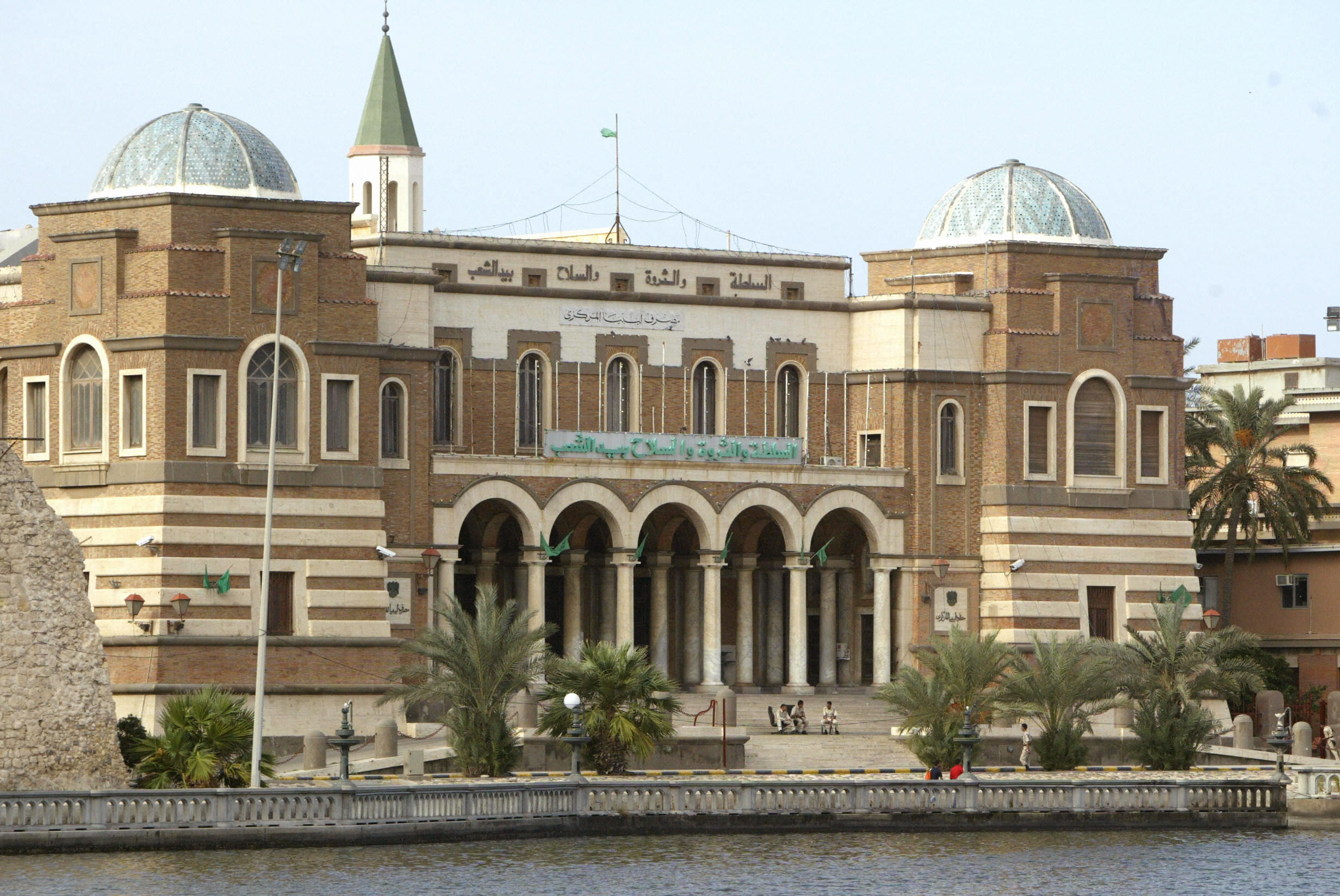Libya Signals Monetary Normalization via IMF Reengagement
Libya’s CBL renews IMF dialogue to unify policy, targeting a parallel premium cut below 15% and reserves near USD 100 bn as Brent oil (BZ=F) stabilizes output around 1.2 mb/d; frontier flows via XSFR.L gauge confidence in reform credibility.

Libya’s Central Bank has reopened formal dialogue with the IMF, signaling intent to shift from patchwork liquidity fixes toward rules-based monetary management after years of institutional fragmentation. The macro base is narrow and oil-dependent. Real GDP growth slowed to about 2% in 2024 from a double-digit rebound in 2023 as crude output oscillated around 1.2 million barrels per day (BZ=F). Average CPI eased to roughly 2.0% in 2024, down sharply from the post-devaluation spike in 2021, but disinflation still rests on foreign-exchange supply from hydrocarbons.
Reported gross reserves were about USD 98–99 billion by late 2025, a headline buffer that masks vulnerability because more than 90% of hard-currency inflows are tied to the National Oil Corporation’s receipts. Oil volatility therefore transmits directly into bank liquidity, the payments system, and imported-goods prices.
The policy mechanism under discussion is precise. Restoring unified monetary transmission requires reconciling the Tripoli and Benghazi balance sheets, standardizing access to central liquidity, and publishing a corridor for standing facilities that anchors interbank pricing. A transparent FX auction calendar and weekly disclosure of liquidity operations would formalize the flow from governance to prices: fewer administrative windows, clearer allocation rules, and a credible rate signal.
Renewed IMF engagement supplies surveillance and technical assistance for bank recapitalization, reserve-management practice, AML/CFT upgrades, and payment-system modernization. Without these steps, segmented FX access will continue to undermine any corridor-based framework and keep the dinar in a dual-market equilibrium.
Three transmission channels define the macro payoff. First, exchange-rate credibility. The parallel-market premium—around 35–40% versus the official rate—must compress durably to cut transaction costs and reduce precautionary cash hoarding. A stepwise path is realistic: below 15% for two consecutive quarters, then under 10% during 2026. Second, sovereign risk. Credible liquidity absorption and limits on quasi-fiscal advances lower the perceived probability of monetary financing and help compress spreads if Libya seeks external market access.
With reserves near USD 100 billion and low external debt, the balance sheet can support reform, but only if cash-management discipline prevents arrears from migrating across the public sector. Third, private credit. Regular open-market operations and visible interbank rates reduce uncertainty premia and crowd in working capital to trade and services that currently depend on cash or supplier credit.
Markets will not reward intent without data. Oil remains the dominant factor set, with Brent (BZ=F) determining the FX supply curve and liquidity cycles. Frontier-risk appetite is episodic and rate-sensitive; the Xtrackers S&P Select Frontier Swap UCITS ETF (XSFR.L) is an adequate proxy for flows into high-beta periphery exposure.
To draw durable capital, the central bank must establish operational transparency: weekly reports on liquidity operations and corridor usage, standardized FX auctions with allotment results, and monthly reserve-management summaries. Absent that, any oil outage or tighter global financial conditions will widen local premia and re-segment FX markets before reforms anchor expectations.
Comparative benchmarks support cautious optimism with hard guardrails. Angola and Nigeria narrowed parallel premia and reduced external arrears only when exchange-rate reform was paired with fiscal consolidation and energy-sector cash discipline. Libya has the advantage of larger reserves and lighter external debt but faces a wage-heavy budget, fragmented institutions, and logistics risk that can interrupt production and fiscal transfers. Governance is the binding variable. Procurement transparency, arrears control, and a credible treasury single account determine whether the observed disinflation and reserve adequacy convert into lower risk premia rather than a temporary lull.
The economic signal from the CBL–IMF meeting is intent, not accomplishment. Over the next 12–24 months, verification must be measurable and time-anchored. Hold the parallel-market premium below 15% for two consecutive quarters, then under 10% by end-2026. Publish weekly liquidity-operation reports showing consistent corridor usage and positive interbank turnover.
Deliver four straight quarters of sector-wide bank profitability excluding FX revaluation gains, indicating that intermediation is recovering on fundamentals. Maintain gross reserves above USD 85 billion while preventing growth in general-government arrears. If these metrics align while oil output holds near 1.2 million barrels per day and BZ=F remains within manageable volatility bands, Libya can pivot from reactive liquidity management to a credible monetary anchor and gradual reintegration with international capital.





